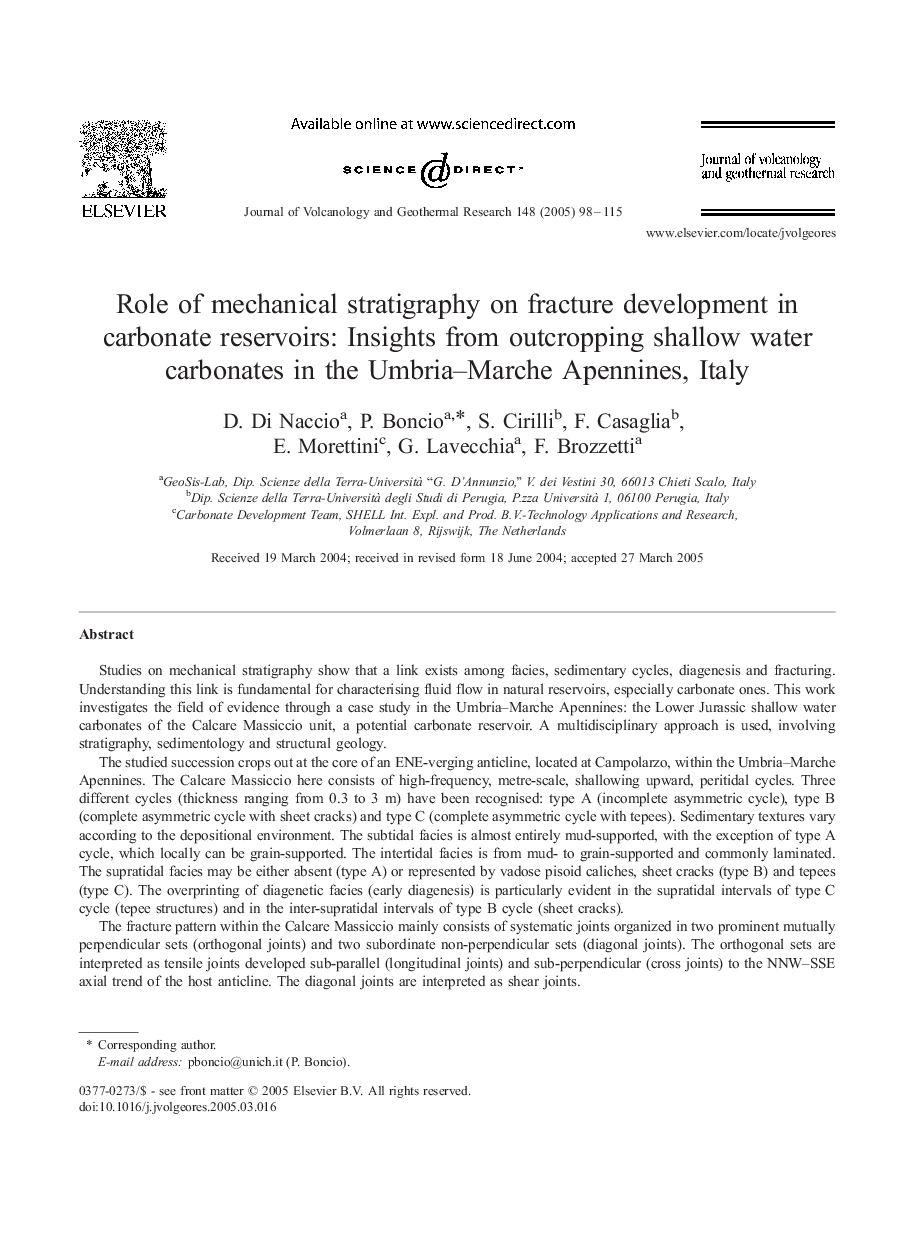| Article ID | Journal | Published Year | Pages | File Type |
|---|---|---|---|---|
| 9531055 | Journal of Volcanology and Geothermal Research | 2005 | 18 Pages |
Abstract
In the study area, the fracture density is strongly controlled by heterogeneities of rock properties between and within facies, which in turn are determined by sedimentary textures and, dominantly, by the combination of sedimentary and diagenetic facies, e.g., by the petrofacies. The control played by the petrofacies distribution across the stratigraphic succession may justify strong variations in the fracture density (up to ca. 80% or more) within the same sedimentary cycle, as well as fracture terminations, independently from tectonic causes. A systematic decrease in fracture density going from subtidal to intertidal to inter-supratidal and tepee facies is evident. Minimum values are observed on tepee structures; fractures often terminate against supratidal intervals with tepee. The lowest fracture density characterises petrofacies where early diagenetic processes are more pronounced (i.e., the intertidal facies and the inter-supratidal facies with tepee, strongly affected by early dissolution cavities filled by early cements). No obvious correlation is observed between the fracture density and the thickness of the petrofacies layer.
Related Topics
Physical Sciences and Engineering
Earth and Planetary Sciences
Geochemistry and Petrology
Authors
D. Di Naccio, P. Boncio, S. Cirilli, F. Casaglia, E. Morettini, G. Lavecchia, F. Brozzetti,
